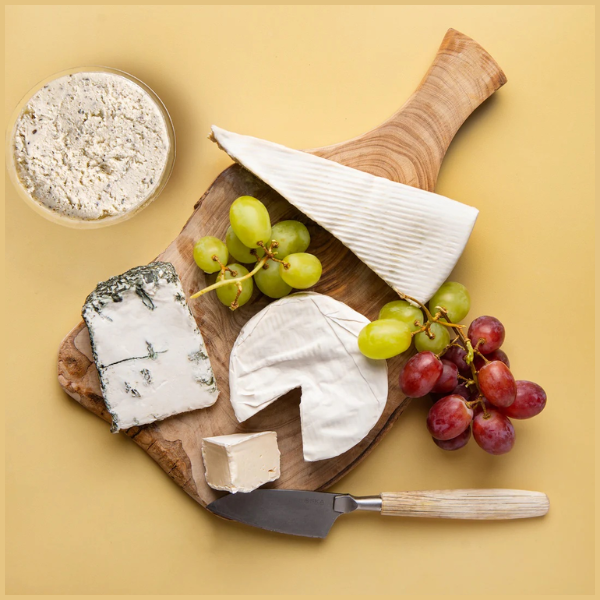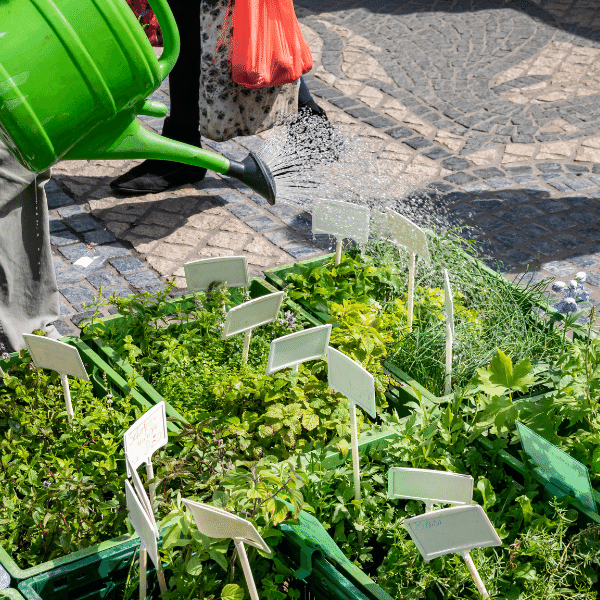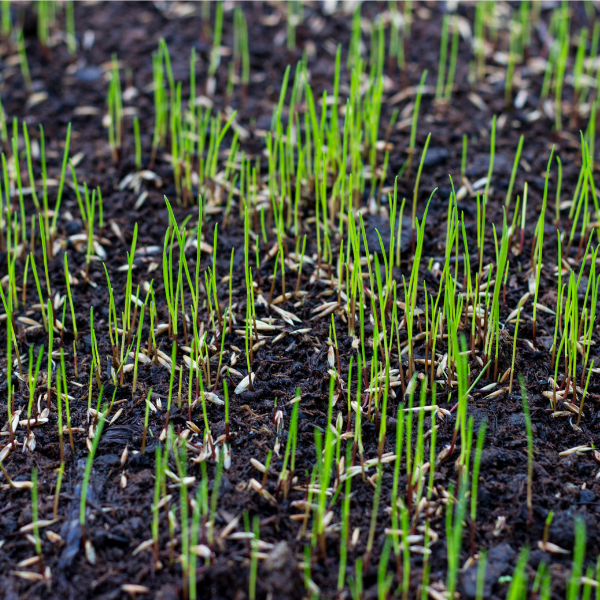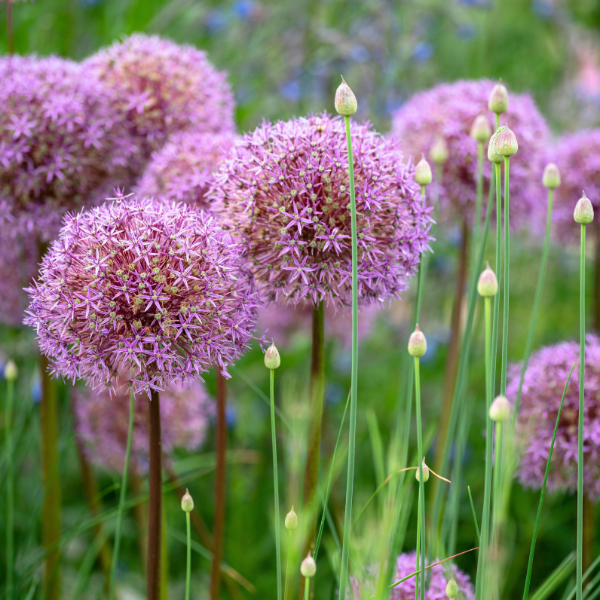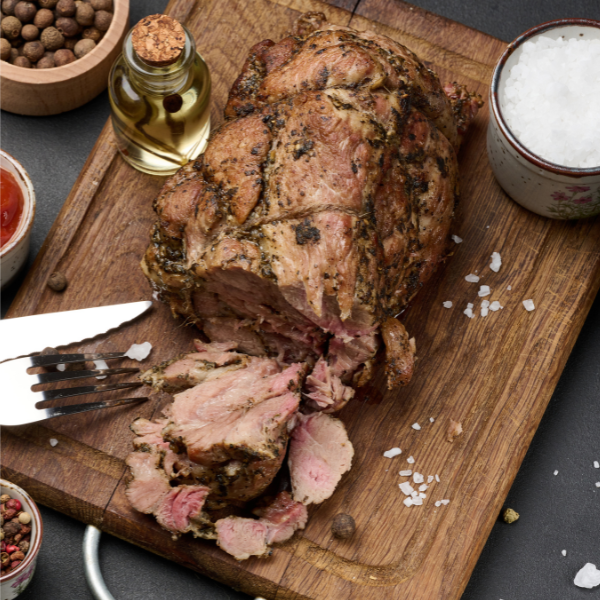Winter Houseplants and Christmas Wreaths
During the colder and darker months, it is easy to get caught up amongst the gloominess, but there are many houseplants that are suitable for a colder environment that will brighten up your daily life, even faux houseplants that are becoming increasingly popular due to the fact they have no shelf life. Not only do houseplants inject positivity into our houses by providing colour and cheerfulness but they also boost general wellbeing by creating a relaxed atmosphere, that also helps raise productivity.
Poinsettia
Poinsettias are one of the most popular plants at Christmas time. Not only are they nice to buy for ourselves but they are also a lovely plant to give a loved one during December. Poinsettias have striking red, velvet looking petals that bring brightness and positive feeling to a home. These plants typically las 2 to 3 months if properly cared for. In the UK alone, 8 million poinsettias are thought to be sold every year. The most important thing to remember when caring for a Poinsettia is that they can’t survive the cold, so keeping them away from draughts or keeping them in a warm corner is where they would survive best. You will be able to tell if your poinsettia is healthy because the yellow buds in the centre will be intact and look tight.
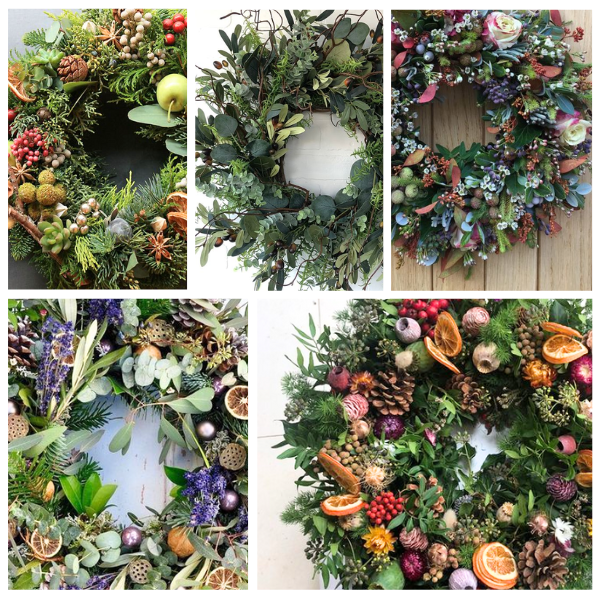
Create your own Christmas Wreath with Faux Foliage
Christmas wreaths are a beloved holiday tradition, adorning doors and walls with festive cheer. Making your own Christmas wreath allows you to infuse your personal style and creativity into this timeless symbol of the season. With a diverse range of foliage available in stores, you can craft a wreath that is quirky, elegant, or traditional, reflecting your unique personality and holiday spirit. In this guide, we will show you how to create a one-of-a-kind Christmas wreath using a variety of colorful, stylish, and finished foliage.
Materials You'll Need:
- Wire wreath frame or grapevine wreath base
- Floral wire or pipe cleaners
- Pruning shears or scissors
- Assorted foliage: pine branches, cedar, holly, eucalyptus, boxwood, magnolia leaves, and any other favorites
- Decorative elements: ornaments, berries, pinecones, ribbons, or anything else that suits your style
- Hot glue gun and glue sticks (optional)
Step 1: Select Your Foliage: Visit your local store and explore the diverse range of foliage available. Take into consideration the colors, styles, and finishes of the foliage. You can mix and match to achieve the desired look for your wreath. For a traditional wreath, opt for classic evergreen branches like pine and cedar. For a quirky or elegant touch, consider foliage with unique colors or textures.
Step 2: Prepare Your Work Area: Set up a clean, spacious workspace. Lay out all your materials and tools within easy reach.
Step 3: Prepare the Base: If you're using a wire wreath frame, start by securing the end of the floral wire or pipe cleaner to the frame. If you're using a grapevine wreath, skip this step. The base will provide a foundation for attaching the foliage.
Step 4: Trim and Arrange Foliage: Trim your foliage into manageable sprigs, typically 4-6 inches long. Arrange them according to your desired design. Start with the largest and sturdiest foliage as a base layer and then add the smaller, more delicate pieces on top for depth and texture. Experiment with different combinations to achieve your desired look.
Step 5: Attach the Foliage: Secure the sprigs to the base using floral wire or pipe cleaners. Wind the wire around the stems and the frame to hold them in place. Be sure to overlap each addition slightly to cover the stems of the previous layer. Continue this process until the entire base is covered.
Step 6: Add Decorative Elements: Enhance your wreath with decorative elements that match your chosen style. Glue on ornaments, attach berries, pinecones, or tie ribbons in a bow. Let your creativity flow to personalize your wreath.
Step 7: Hang and Admire: Once you are satisfied with your wreath's appearance, attach a ribbon or hook for hanging. Find the perfect spot on your door or wall to showcase your handmade creation.
Creating your own Christmas wreath using the diverse range of foliage available in stores is a fantastic way to express your personal style and infuse your holiday decor with your unique touch. Whether you opt for a traditional, quirky, or elegant wreath, the process is a creative and rewarding holiday project. Enjoy the festive season with your one-of-a-kind, handmade wreath that welcomes family and friends to your home with a touch of seasonal charm.

Faux Houseplants
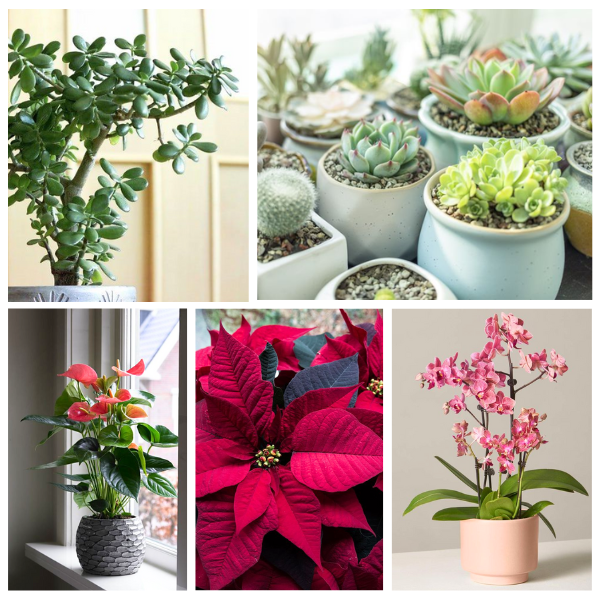
Wreaths and Foliage
Signal the arrival of Christmas with a stunning festive wreath or garland. Whether you have a traditional style or a more modern take, we have a selection of decorative garlands, wreaths, and foliage to suit each style perfectly. You can browse our Christmas stock online here, but if you visit us in store, there is a much larger array of wreaths for you to choose from.
You will find yourself having the choice of selecting a bold centerpiece adorned with vibrant, natural looking evergreen foliage, embellished with frosty accents. Alternatively, you can take a more unconventional route with an artificial wreath, ensuring there's a suitable option for every style of front door.



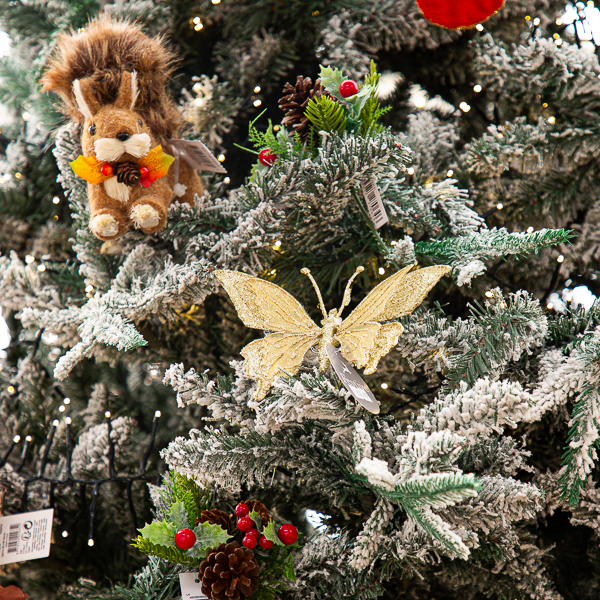
Tips for healthier houseplants
Many houseplants are light- and temperature-sensitive and (like us) few enjoy living in a draught! Read the care label before you buy to ensure you have a good place for them, as not all can tolerate strong sunlight through glass.
Find the right pot – not too large or too small
Every plant needs space to grow. Choose a pot with drainage holes and protect the surface it stands on. If roots develop on top of the soil or beneath the pot, consider repotting. Choose the right size pot and, if required, a specialist compost.
Let your houseplants breathe – open that window!
All plants absorb carbon dioxide and release oxygen, making them natural air ‘purifiers’ both indoors and out. This means houseplants are particularly beneficial if you live in a built-up area. Place them near an open window to ‘breathe’.
Avoid over- or under-watering your houseplants
Monitor your houseplants’ leaves (drooping, discoloured?) and check the soil by taking a pinch with your fingers: if it sticks to your skin, you can leave it. Remember plants such as cacti need very little water. Buy a moisture monitor if unsure.
Keep your houseplants dusted
Most houseplants need some TLC to thrive. Remove dust carefully with a damp cloth and cut off any dead / dying leaves or branches to encourage growth. Not only will your houseplants be healthier – they’ll look more attractive too.
Remember some houseplants are toxic to pets, if eaten
This includes the aloe vera, cheese plant yukka, peace lily and sago palm. Veterinary charity PDSA has a useful guide to toxic plants for pets that covers houseplants. Buy something else or keep out of reach, especially around puppies and kittens.


 2,768 REVIEWS
2,768 REVIEWS